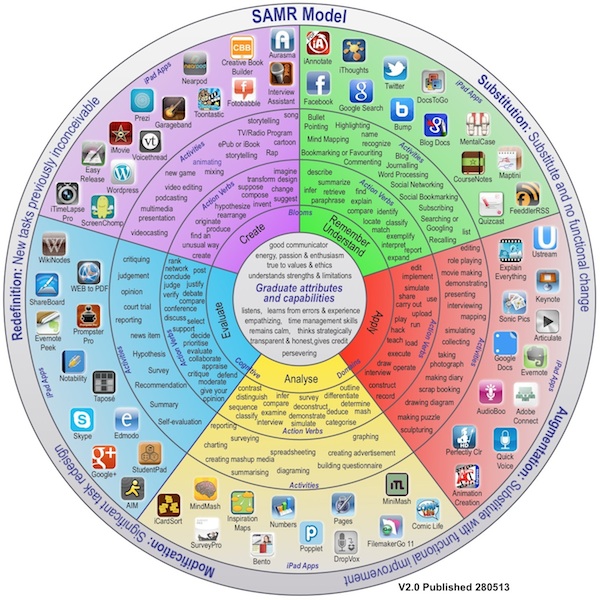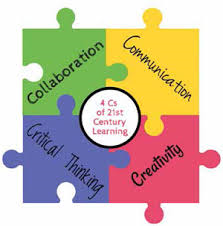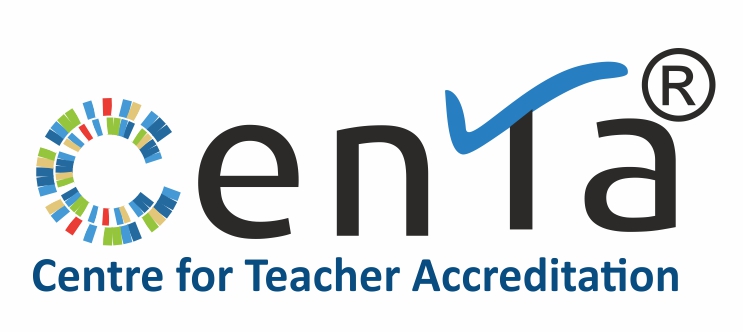Applying Bloom’s Taxonomy in a 21st Century Classroom
1) Bloom’s Digital Taxonomy
The use of Technology is integral to all 21st Century classrooms. The use of technology has been integrated into the model, creating what is now known as Bloom’s Digital Taxonomy. A popular image that districts often create is a model with the digital resources available and promoted in the district aligned with the appropriate category.

2) Focusing on Higher Order Thinking Skills
It is critical for educators to focus on the higher levels of Bloom’s Taxonomy when teaching since part of the teacher’s role is to prepare students for the future and the future use of the concepts being taught. The New Education Policy 2020 also emphasizes the need to teach with a focus on Critical Thinking, Creative thinking, Communication and Collaboration.

Here is an excerpt from NEP 2020 regarding the aims of education and how teaching-learning should take place –
The aim of education will not only be cognitive development but also building character and creating holistic and well-rounded individuals equipped with the key 21st-century skills.
Curriculum content will be reduced in each subject to its core essentials, to make space for critical thinking and more holistic, inquiry-based, discovery-based, discussion-based, and analysis-based learning. The mandated content will focus on key concepts, ideas, applications, and problem-solving.
Teaching and learning will be conducted in a more interactive manner; questions will be encouraged, and classroom sessions will regularly contain more fun, creative, collaborative, and exploratory activities for students for deeper and more experiential learning.
– NEP 2020
You can explore more in our self-paced course on “Bringing 21st Century Skills to your classroom”. If interested, you can purchase it from MyCENTA. (Click on the link)
